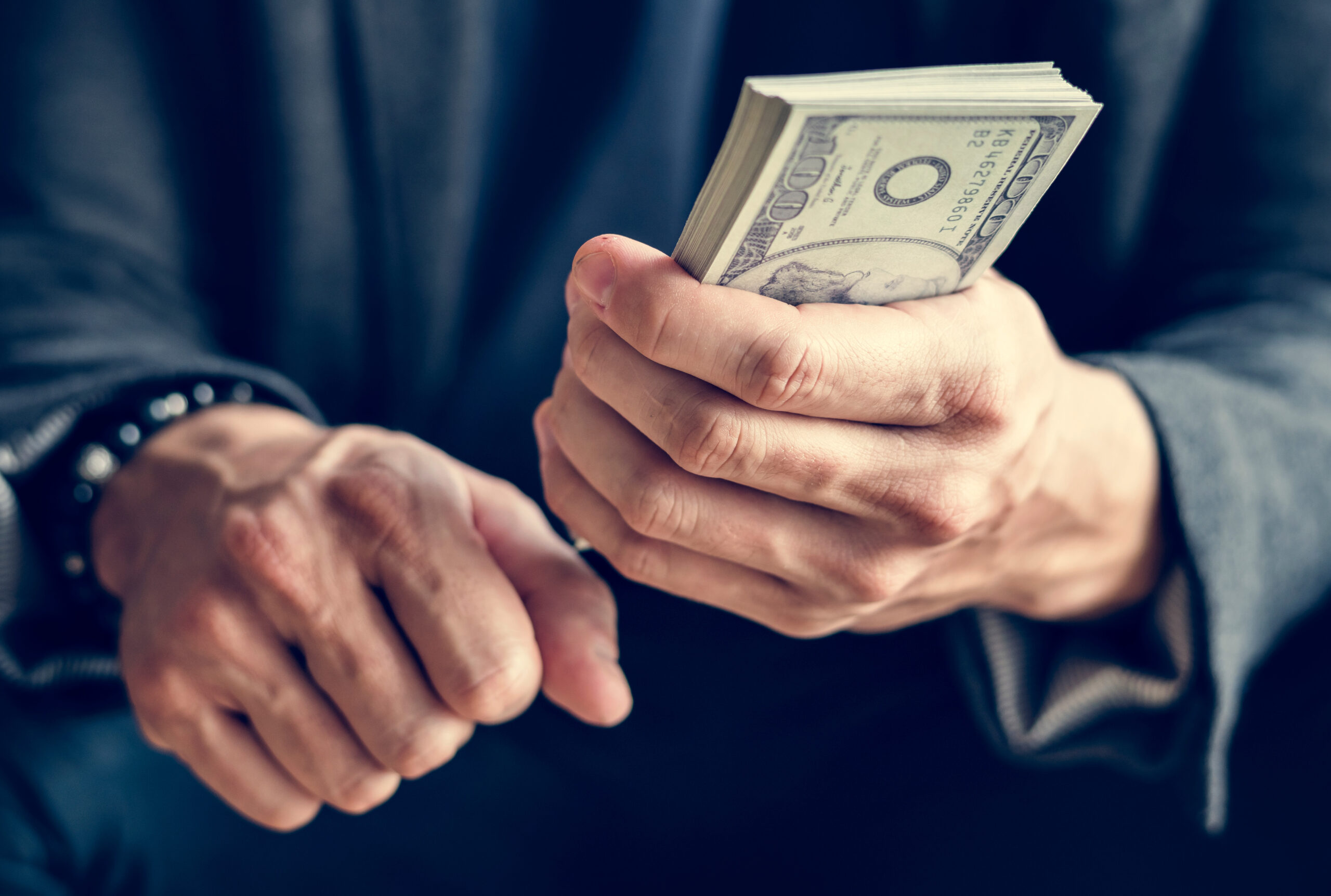Focus on Incentives in Online Panels

Remember when Starbucks launched “My Starbucks Idea” to gather customer feedback and improve their products? This initiative became a huge success and a hot topic in 2008. What made it so effective?
“My Starbucks Idea” wasn’t just a suggestion box; it was a strategy that empowered customers by offering incentives for their ideas. This approach harnessed crowd creativity and spurred product innovation, contributing to Starbucks’ growth and its current net worth of $19.7 billion.
Key Takeaways from Starbucks’ Success:
- Well-executed surveys can be highly beneficial for businesses.
- Surveys offer valuable insights into customer preferences, helping brands tailor their offerings.
- To gather responses, it’s crucial to offer something in return—people rarely engage for free.
Despite these benefits, achieving high response rates in surveys remains a significant challenge for many brands.
💡 Did you know? A survey is considered successful if it achieves a response rate above 50%, but most hover between 5% and 30%.
Even with carefully crafted questions, attractive graphics, concise formats, and optimal timing, response rates can still fall short. The often-overlooked factor is the importance of rewards and incentives. This was a key factor in the success of Starbucks’ campaign.
Offering incentives is one of the most effective ways to boost survey participation. This guide explores various incentive ideas and best practices.
What are Survey Incentives?
Survey incentives are rewards offered to respondents for completing a survey. These can range from points, redeemable prizes, gifts, gift cards, products, or other types of rewards.
A well-chosen incentive can significantly increase response rates and show appreciation for the respondent’s time. However, the incentive must align with the survey’s value and relevance.
Do Rewards Increase Survey Responses?
Absolutely.
💡 A study found that even a small monetary incentive, like $10, can increase response rates by 30%. Financial incentives, in general, can double the response rate for mailed questionnaires. However, care must be taken to avoid skewed results from respondents only interested in the incentives.
Types of Survey Incentives
1. Tiny Giveaways
Offer small, numerous giveaways rather than large prizes to a few. This strategy can attract more participants. For instance, an apparel brand might offer a popular item, or a company could provide gift cards or Amazon credits.
2. Monetary Rewards
Cash incentives, even as small as $2 or $5, can yield significant response rates. This strategy not only attracts responses but can also encourage subsequent purchases.
3. Sweepstakes for a Big Prize
Offering a chance to win a substantial prize can be a powerful motivator. Brands can tailor this to their offerings, like a home renovation from an interior design brand or a wardrobe makeover from a fashion brand.
4. Coupons & Coupon Codes
Coupons are a tried-and-true method for encouraging survey participation. Offer discounts or special deals as a reward for completing surveys.
5. Digital Resource Offerings
Offer digital resources such as eBooks, subscriptions, or NFTs as incentives. These are cost-effective and appeal to a tech-savvy audience.
6. Free Samples
Everyone loves free samples. Offering new or exclusive products can entice customers to participate in your survey.
Tips for Increasing Survey Response Rates
- Keep it Short: Micro surveys tend to have higher response rates.
- Clear “From” Name: Use a recognizable sender name to build trust.
- Mobile-Friendly Design: Ensure your survey works well on mobile devices.
- Respond to Participants: Acknowledge and thank respondents.
- Ask Clear Questions: Avoid jargon and ensure questions are easily understood.
- Offer Incentives: Motivating participants with rewards can significantly boost response rates.
Survey Incentive Caps: When to Stop?
Start with modest incentives and increase them as you understand what drives higher responses. It’s important not to overspend relative to the value of the insights gained.
Best Practices for Market Research Incentives
💡 70% of respondents prefer cash, points, or gift card incentives. It’s essential to offer something valuable and easily redeemable. Make sure all participants receive some form of reward to maintain goodwill.
Conclusion
Incentives are a critical component of effective survey research. By offering appealing rewards, you can significantly improve response rates and the quality of feedback received. Remember, the goal is to understand your audience better, and incentives are a powerful tool to achieve this.
